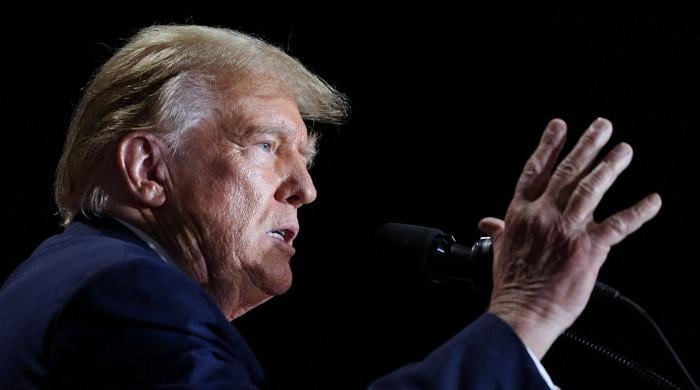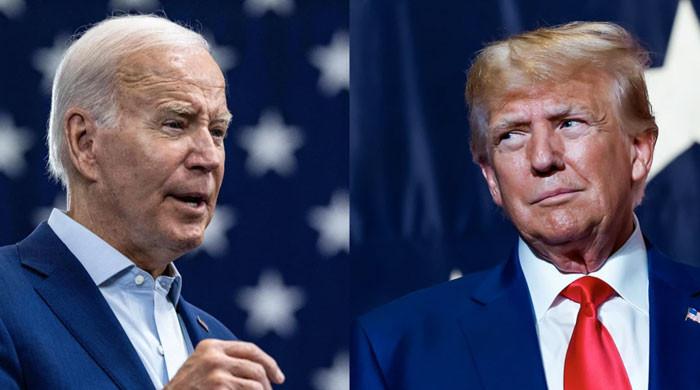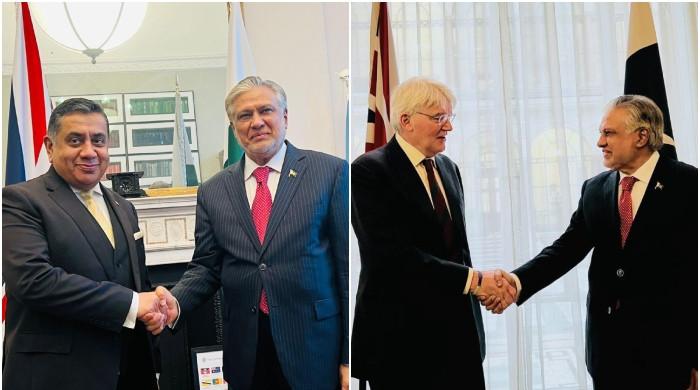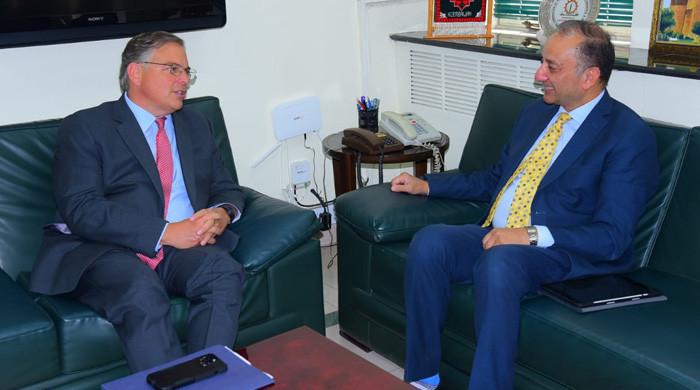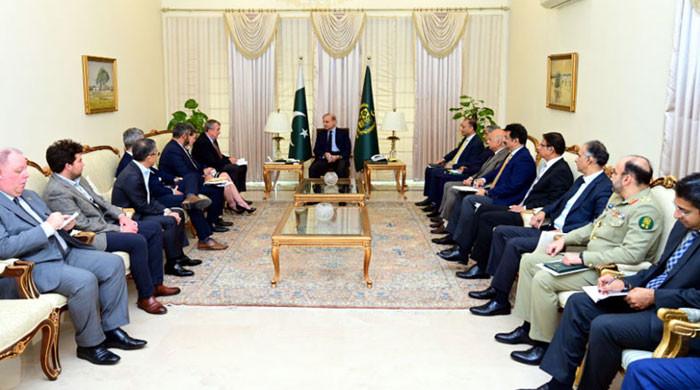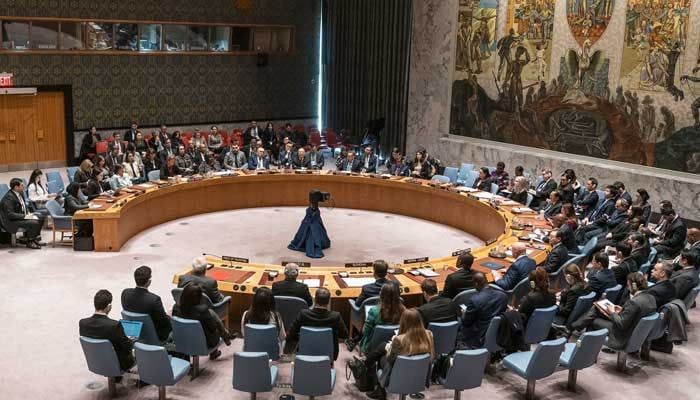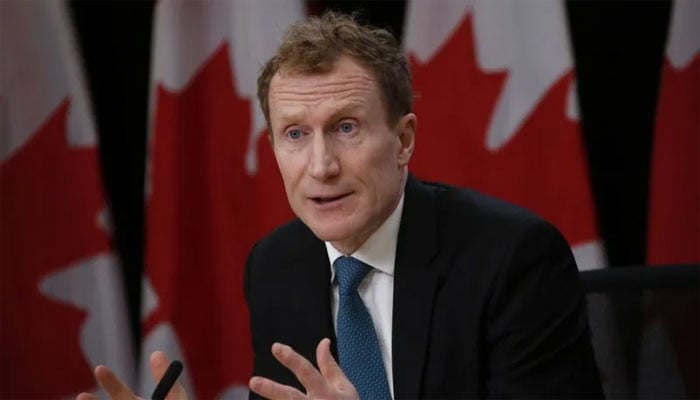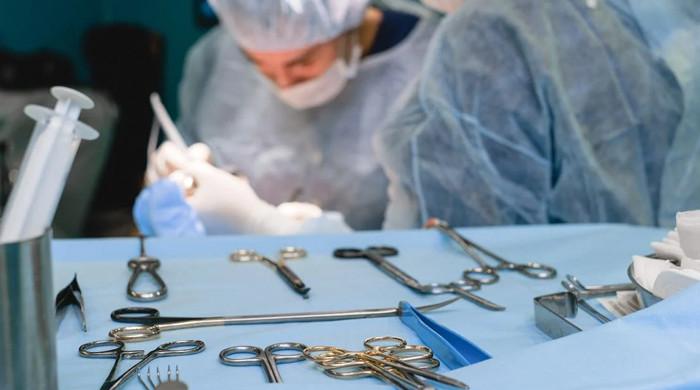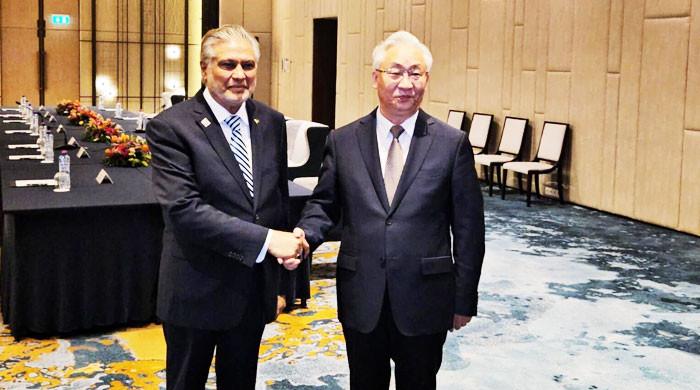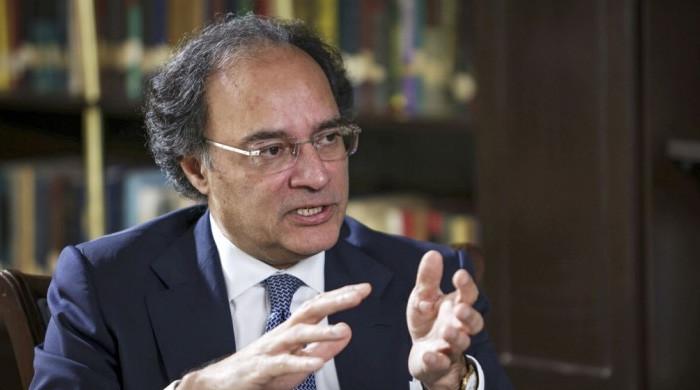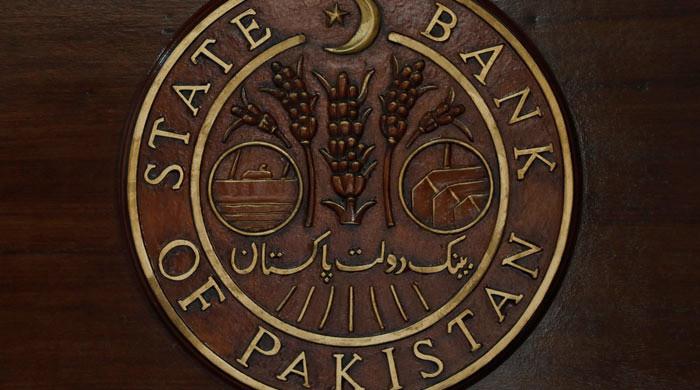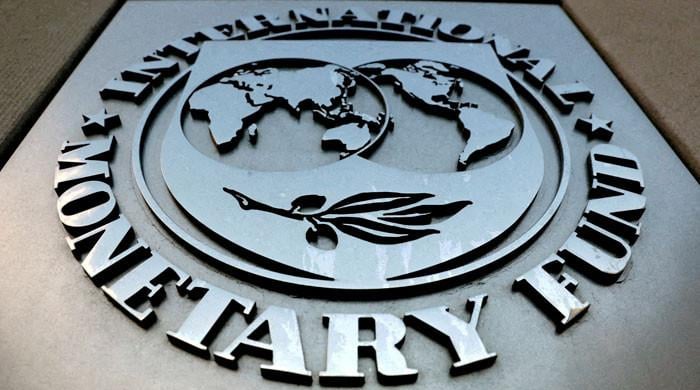[ad_1]
Airlines in the Middle East are splashing the cash at Dubai Airshow this week, securing all-important aircraft delivery slots, and positioning themselves for growth following record profits for most major carriers. Boeing forecasts widebody airplanes will comprise 45% of deliveries to Middle East airlines over the next 20 years ─ the highest percentage of the 10 global regions featured in Boeing’s Commercial Market Outlook (CMO) forecast. The region’s fleet of dedicated freighters is also projected to more than double to 180 jets by 2042, according to the CMO, Boeing’s annual long-term forecast of demand for commercial airplanes and services.
“Airlines in the Middle East have increasingly expanded their influence and reach, transforming the region into an international air transit hub,” said Darren Hulst, Boeing vice-president, Commercial Marketing. “Air travel and cargo demand continue to gain momentum, driven by significant economic growth and national development plans. As airlines in the region will require efficient and versatile fleet solutions, Boeing products will be ready to meet market demands.”
The forecast projects delivery of 3,025 new commercial airplanes in the Middle East by 2042, including 1,350 widebodies. Many airlines in the region provide service between major population centres in Asia, Africa and Europe via growing hubs that offer efficient connectivity. As a result, a higher proportion of widebody aircraft are needed to carry larger passenger volumes.
Airlines including Emirates, EgyptAir, and Royal Jordanian have announced orders at this year’s Dubai Airshow. EgyptAir customers will soon be flying to destinations around the globe aboard new Airbus A350-900s, after the airline disclosed an order for 10 aircraft at the Dubai Airshow. ” EgyptAir is a key partner of Airbus in the Middle East and Africa. We take immense pride in this partnership aimed at furthering the aviation industry. Our focus lies in the enhancement of our fleet to embrace some of the most contemporary aircraft available,” says EgyptAir Chairman and CEO Yehia Zakaria. The A350 has won over 1,000 orders from leading carriers from around the globe.
Royal Jordanian announced an order for four 787-9 Dreamliner jets as the airline expands and modernises its widebody fleet. Jordan’s flag carrier also reconfirmed at the Dubai Airshow a previous order for two 787-9s, bringing its total 787-9 backlog to six.
“Our decision to add the 787-9 Dreamliners to our fleet is a proof to our dedication to providing an unparalleled travel experience,” said Samer Majali, vice-chairman and CEO of Royal Jordanian. “This move aligns seamlessly with our broader strategy of fleet modernisation, emphasising fuel efficiency, sustainability and passenger comfort. As we embark on this journey, we are confident that the Dreamliner’s cutting-edge technology will play a pivotal role in elevating our operational capabilities.”
Since revenue service began in 2011, the 787 family has launched more than 380 new nonstop routes around the world. The 787 Dreamliner family reduces fuel use and emissions by 25% compared to the airplanes it replaces.
Royal Air Maroc announced a repeat order for the 787 Dreamliner, confirming two 787-9s in its order book as the airline grows its widebody fleet. The carrier, which currently operates nine Dreamliners, leverages the 787 family’s efficiency and flexibility to expand its long-haul network.
“The two Boeing 787-9 Dreamliners will enable Royal Air Maroc to expand in the short-term its long-haul network in response to the highly favourable market conditions in 2023,” said Abdelhamid Addou, Chairman and Chief Executive Officer, Royal Air Maroc. “Simultaneously, the company is actively pursuing a significant tender to quadruple the fleet before 2037.”
Emirates announced a blockbuster order for 90 777X airplanes, including 55 777-9 and 35 777-8 jets. The new order, which increases Emirates’ 777X family backlog to 205 planes, was announced at a signing event attended by Sheikh Ahmed bin Saeed al-Maktoum, Chairman and Chief Executive, Emirates Airline.
In addition, Emirates updated its 787 Dreamliner order book to better align future capacity to demand. The airline is buying five more 787 jets – growing its 787 backlog to 35 – while converting 30 787-9s to 20 787-8 and 10 787-10 airplanes.
“Emirates is the biggest operator of Boeing 777 aircraft, and today’s order cements that position,” said Sheikh Ahmed bin Saeed al-Maktoum. “We’ve been closely involved in the 777 program since its start up until this latest generation of 777X aircraft. The 777 has been central to Emirates’ fleet and network strategy of connecting cities on all continents non-stop to Dubai. We are pleased to extend our relationship with Boeing and look forward to the first 777-9 joining our fleet in 2025.”
Low-cost airline flydubai surprised everyone with an agreement to purchase 30 787-9 Dreamliners, the first time the short-haul carrier will introduce long haul, widebody jets. In a signing ceremony at the air show, the Dubai-based carrier said it plans to use the efficient 787 to open new routes and grow capacity on existing routes.
“The 787-9 is perfectly suited for the needs of flydubai as it looks to open up longer-range routes and add capacity across its network,” said Stan Deal, president and CEO of Boeing Commercial Airplanes. “flydubai passengers will enjoy the Dreamliner effect, an experience like no other in the air, flying with more comfort and arriving at their destinations feeling more refreshed.”
flydubai currently operates an all-737 fleet of 79 airplanes. The airline has an order backlog of 137 737s.
The Middle East single-aisle fleet is also expected to more than double as low-cost carriers (LCC) and short-haul networks continue to develop and expand. By 2042, nearly half of the region’s aircraft will be single-aisle jets.
Two-thirds of new deliveries will support air traffic and cargo growth while one-third of deliveries will replace older airplanes with more fuel-efficient models. The total fleet will increase 2.4 times to 3,360 airplanes — 1,610 (48%) will be single aisles, while 1,520 (45%) will be widebodies, and the commercial fleet will generate demand for $335bn in aviation services including maintenance, repair, training and spare parts.
“Airlines in the Middle East have increasingly expanded their influence and reach, transforming the region into an international air transit hub,” said Darren Hulst, Boeing vice-president, Commercial Marketing. “Air travel and cargo demand continue to gain momentum, driven by significant economic growth and national development plans. As airlines in the region will require efficient and versatile fleet solutions, Boeing products will be ready to meet market demands.”
The forecast projects delivery of 3,025 new commercial airplanes in the Middle East by 2042, including 1,350 widebodies. Many airlines in the region provide service between major population centres in Asia, Africa and Europe via growing hubs that offer efficient connectivity. As a result, a higher proportion of widebody aircraft are needed to carry larger passenger volumes.
Airlines including Emirates, EgyptAir, and Royal Jordanian have announced orders at this year’s Dubai Airshow. EgyptAir customers will soon be flying to destinations around the globe aboard new Airbus A350-900s, after the airline disclosed an order for 10 aircraft at the Dubai Airshow. ” EgyptAir is a key partner of Airbus in the Middle East and Africa. We take immense pride in this partnership aimed at furthering the aviation industry. Our focus lies in the enhancement of our fleet to embrace some of the most contemporary aircraft available,” says EgyptAir Chairman and CEO Yehia Zakaria. The A350 has won over 1,000 orders from leading carriers from around the globe.
Royal Jordanian announced an order for four 787-9 Dreamliner jets as the airline expands and modernises its widebody fleet. Jordan’s flag carrier also reconfirmed at the Dubai Airshow a previous order for two 787-9s, bringing its total 787-9 backlog to six.
“Our decision to add the 787-9 Dreamliners to our fleet is a proof to our dedication to providing an unparalleled travel experience,” said Samer Majali, vice-chairman and CEO of Royal Jordanian. “This move aligns seamlessly with our broader strategy of fleet modernisation, emphasising fuel efficiency, sustainability and passenger comfort. As we embark on this journey, we are confident that the Dreamliner’s cutting-edge technology will play a pivotal role in elevating our operational capabilities.”
Since revenue service began in 2011, the 787 family has launched more than 380 new nonstop routes around the world. The 787 Dreamliner family reduces fuel use and emissions by 25% compared to the airplanes it replaces.
Royal Air Maroc announced a repeat order for the 787 Dreamliner, confirming two 787-9s in its order book as the airline grows its widebody fleet. The carrier, which currently operates nine Dreamliners, leverages the 787 family’s efficiency and flexibility to expand its long-haul network.
“The two Boeing 787-9 Dreamliners will enable Royal Air Maroc to expand in the short-term its long-haul network in response to the highly favourable market conditions in 2023,” said Abdelhamid Addou, Chairman and Chief Executive Officer, Royal Air Maroc. “Simultaneously, the company is actively pursuing a significant tender to quadruple the fleet before 2037.”
Emirates announced a blockbuster order for 90 777X airplanes, including 55 777-9 and 35 777-8 jets. The new order, which increases Emirates’ 777X family backlog to 205 planes, was announced at a signing event attended by Sheikh Ahmed bin Saeed al-Maktoum, Chairman and Chief Executive, Emirates Airline.
In addition, Emirates updated its 787 Dreamliner order book to better align future capacity to demand. The airline is buying five more 787 jets – growing its 787 backlog to 35 – while converting 30 787-9s to 20 787-8 and 10 787-10 airplanes.
“Emirates is the biggest operator of Boeing 777 aircraft, and today’s order cements that position,” said Sheikh Ahmed bin Saeed al-Maktoum. “We’ve been closely involved in the 777 program since its start up until this latest generation of 777X aircraft. The 777 has been central to Emirates’ fleet and network strategy of connecting cities on all continents non-stop to Dubai. We are pleased to extend our relationship with Boeing and look forward to the first 777-9 joining our fleet in 2025.”
Low-cost airline flydubai surprised everyone with an agreement to purchase 30 787-9 Dreamliners, the first time the short-haul carrier will introduce long haul, widebody jets. In a signing ceremony at the air show, the Dubai-based carrier said it plans to use the efficient 787 to open new routes and grow capacity on existing routes.
“The 787-9 is perfectly suited for the needs of flydubai as it looks to open up longer-range routes and add capacity across its network,” said Stan Deal, president and CEO of Boeing Commercial Airplanes. “flydubai passengers will enjoy the Dreamliner effect, an experience like no other in the air, flying with more comfort and arriving at their destinations feeling more refreshed.”
flydubai currently operates an all-737 fleet of 79 airplanes. The airline has an order backlog of 137 737s.
The Middle East single-aisle fleet is also expected to more than double as low-cost carriers (LCC) and short-haul networks continue to develop and expand. By 2042, nearly half of the region’s aircraft will be single-aisle jets.
Two-thirds of new deliveries will support air traffic and cargo growth while one-third of deliveries will replace older airplanes with more fuel-efficient models. The total fleet will increase 2.4 times to 3,360 airplanes — 1,610 (48%) will be single aisles, while 1,520 (45%) will be widebodies, and the commercial fleet will generate demand for $335bn in aviation services including maintenance, repair, training and spare parts.
-
The author is an aviation analyst. Twitter handle: @AlexInAir
[ad_2]
Source link


